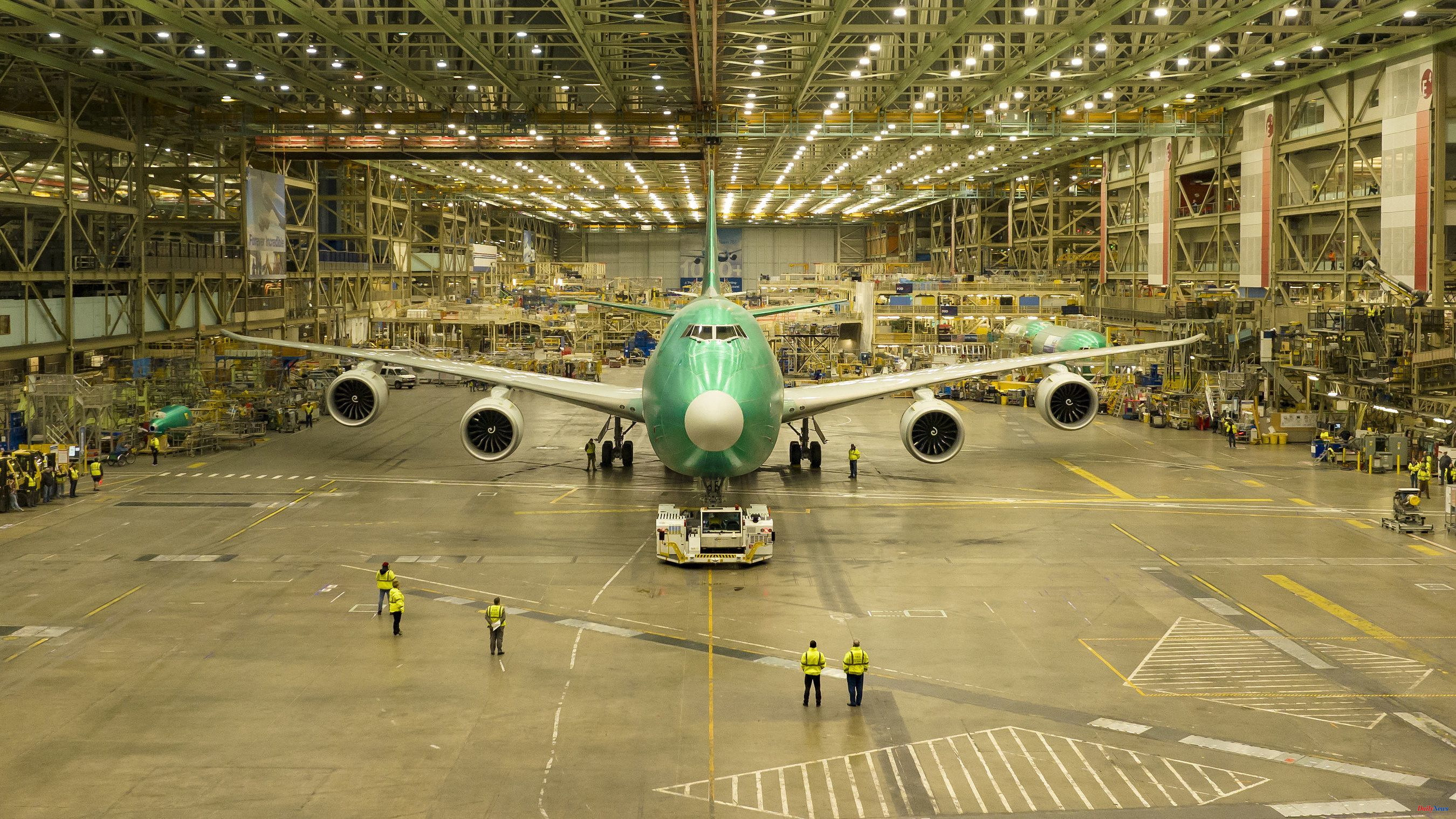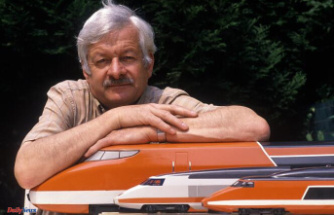The first trip of a Boeing 747, on January 22, 1970, did not start very well. He did it late, due to a mechanical problem. It was as if the plane wanted to play one last trick on the world's largest aerospace manufacturer. Boeing, whose president, William Allen, had literally gambled the company to get it going by betting on a plane that critics said was obsolete at the time of its birth, and which had cost the company such a fortune that its survival of the project was in more than one occasion in danger.
Nobody thought then that the last unit of that plane would be delivered on January 31, 2023. Among other things, because in 1970 it was taken for granted that all the planes of the future would be, in the worst case, supersonic, and in the better, spaceships to travel to other planets.
53 years, 7 months and two days have passed, and the last Boeing 747, nicknamed in its heyday of the seventies Jumbo (which means huge) and also Queen of Heaven, was delivered yesterday to the New York transport airline Atlas Air . It was unit number 1,574 of this giant of the skies that has marked the history of civil aviation and is, in fact, the eighth passenger plane with the most ships built, as well as possibly the most elegant thanks to its particular configuration that it makes you have a kind of head in the bow. It therefore does not have the giant suppository appearance of its rivals.
So the company, unable to put the Boeing 737 MAX disaster behind it, spared no expense. The delivery ceremony of the device was broadcast via streaming over the Internet, and also replicated by several American television networks. Because, although for two decades the 747 has been used mainly as a cargo plane -Atlas Air, in fact, is the largest operator of these devices, with a total of 55 units- the unmistakable silhouette of the plane is a symbol of the aviation industry. air Transport.
The Jumbo, as many still call it, became one of Boeing's most profitable products. But he did it against the odds. His birth was the result of a casual conversation, when the founder of the PanAm airline, Juan Trippe, challenged Allen to make an airplane much bigger than the Boeing-707, then the largest existing passenger transport device. In just over two years, Boeing had done it.
It was a risky bet. Three weeks after the 747 made its first test flight, the Franco-British Concorde followed suit. Boeing had won a US state contract to develop a supersonic passenger plane, the Boeing 2707, and even the Soviet Union had entered the supersonic passenger jet race with its Tupolev-144. Betting on a plane like the Jumbo was, for its critics, going against the current.
But history sided with Boeing. The Tu-144 was only in service for three years, until one of them exploded over Paris in 1978. And the Boeing project, the 2707, had already been canceled in 1971 when the US State, with very good judgment, decided to leave it. no grants. The 747, however, had no free runway then either. In 1973, the oil crisis dealt a blow to commercial aviation, and limited sales expectations for the new aircraft.
Of course, by then it was clear that the Jumbo was the leader in transoceanic flights, especially after the DC-10, hastily launched by McDonell Douglas to compete with it, became the source of horror headlines for its accidents. . The fall in the price of oil in 1986, and the arrival of the Boeing 747-400 in 1989, with new materials that allowed it greater autonomy, opened the Pacific route to the plane just at the moment when the dynamic economies of Asia -the then called dragons- were open to the rest of the world.
But by then the twilight of 747 was also being written. New materials and more efficient engines were allowing planes with just two engines to cross the Atlantic. The Jumbo was thus relegated to a transport plane. And also important people. In fact, nothing better to shore up his legacy than the fact that the next Air Force One will also be a 747.
According to the criteria of The Trust Project












